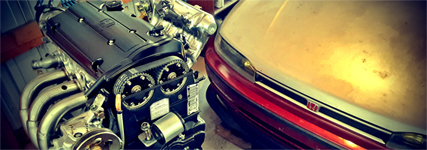For years now, I've been told that FRM sleeves are bad... and for a number of impressively false reasons!
I'm hoping to get a discussion going as to why this is. I'd like to see some intelligent responses here. I'd like to compile a list of any genuine downfalls of FRM sleeves (there are some that aren't total BS.)
Please research and know what you're talking about before you reply.
I'm hoping to get a discussion going as to why this is. I'd like to see some intelligent responses here. I'd like to compile a list of any genuine downfalls of FRM sleeves (there are some that aren't total BS.)
Please research and know what you're talking about before you reply.







Comment